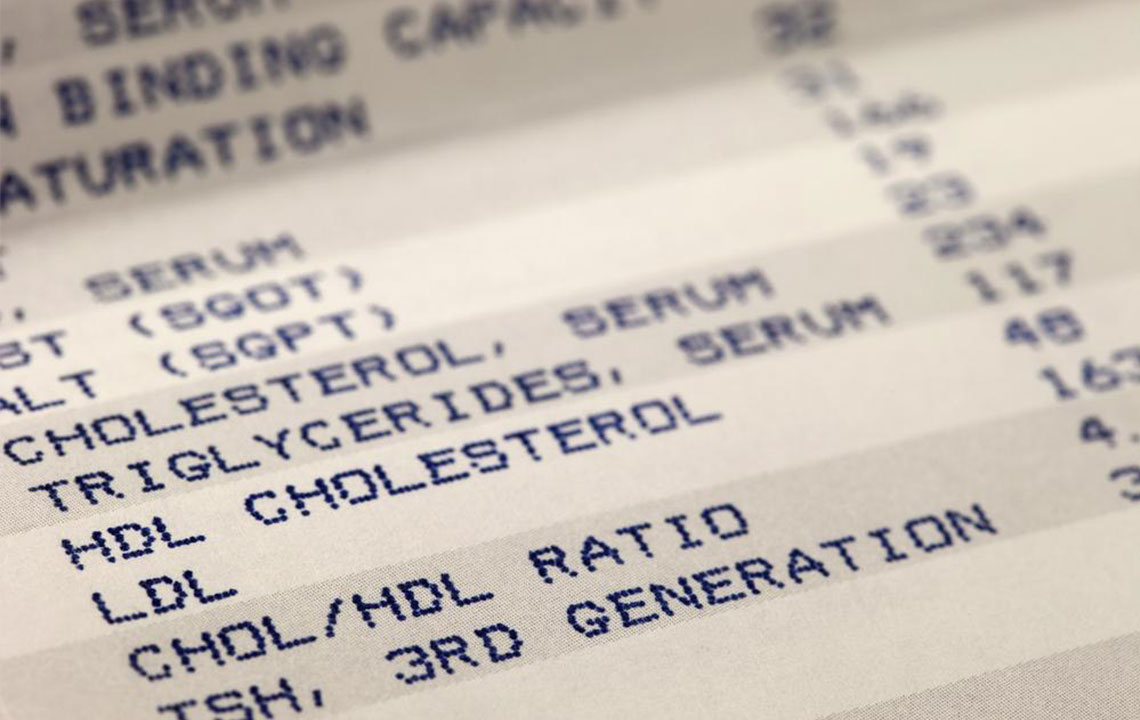A Complete Overview of Cholesterol Types and Healthy Levels
This comprehensive guide explains cholesterol types, their impact on health, and ways to maintain optimal levels. Understanding LDL and HDL, along with recommended testing intervals, can help prevent cardiovascular issues. Lifestyle tips such as diet, exercise, and managing triglycerides are emphasized for building heart health. Regular monitoring and informed choices are key to maintaining healthy cholesterol and reducing health risks.

A Complete Overview of Cholesterol Types and Healthy Levels
Cholesterol is a fatty substance produced naturally in the body, playing a crucial role in various biological processes. Excessive levels, however, can lead to health issues such as cardiovascular disease and strokes. Keeping cholesterol within a healthy range is key to heart health.
High cholesterol can cause deposits along blood vessel walls, blocking blood flow and increasing clot risks. The main categories are LDL (bad) cholesterol and HDL (good) cholesterol.
LDL, or bad cholesterol, leads to plaque formation in arteries, raising the chance of heart attacks. HDL, or good cholesterol, removes excess fats from arteries, supporting heart health. Using an age-specific cholesterol chart can help monitor and maintain optimal levels through diet, exercise, and weight management. Medical professionals recommend testing cholesterol every five years after age 20 with a comprehensive lipoprotein panel that measures total cholesterol, LDL, HDL, and triglycerides.
Important Terms for Cholesterol Tracking:
LDL: The harmful type that accumulates in arteries causing blockages.
HDL: The beneficial type that clears fats from the bloodstream.
Triglycerides: Fats from diet stored when calories aren't burned, impacting blood lipids.
Total Cholesterol: The sum of all cholesterol in the blood.
Understanding Cholesterol Levels in Adults
Cholesterol levels are measured in mg/dL. Keeping these levels within recommended ranges reduces health risks. The guidelines are:
Total cholesterol: Less than 200 mg/dL is ideal; 200-239 mg/dL is borderline high; over 240 mg/dL is a concern.
LDL: Below 100 mg/dL is optimal; 100-129 mg/dL is acceptable; 130-159 mg/dL is borderline; 160-189 mg/dL indicates need for lifestyle changes; above 190 mg/dL significantly increases heart risks.
HDL: Under 40 mg/dL raises heart disease risk; 40-59 mg/dL is acceptable; over 60 mg/dL provides protection.
Triglycerides: Less than 150 mg/dL is normal; 150-199 mg/dL is borderline; 200-499 mg/dL is high; over 500 mg/dL needs immediate medical attention.
Strategies to Manage Cholesterol
Limit Saturated Fats: Cut back on red meats, full-fat dairy, and processed snacks to reduce bad cholesterol.
Stay Active: Regular exercise raises HDL and helps burn fats effectively.
Eat High-Fiber Foods: Incorporate fruits, vegetables, and whole grains to support digestion and lower cholesterol levels.
Disclaimer: Our blog provides helpful health insights. Use this information for guidance, but always consult healthcare professionals for personalized advice. The website may not cover all available treatment options or offers.


